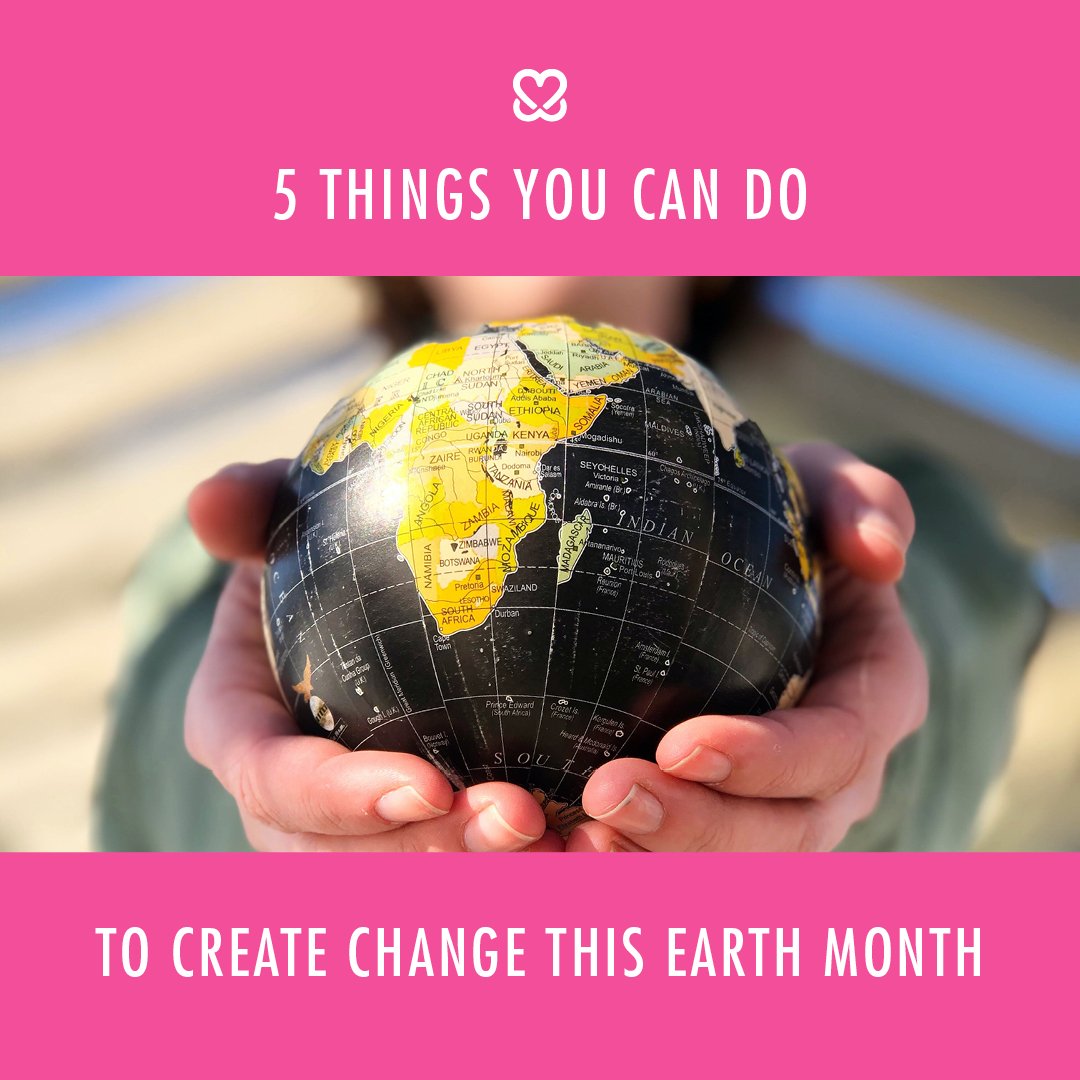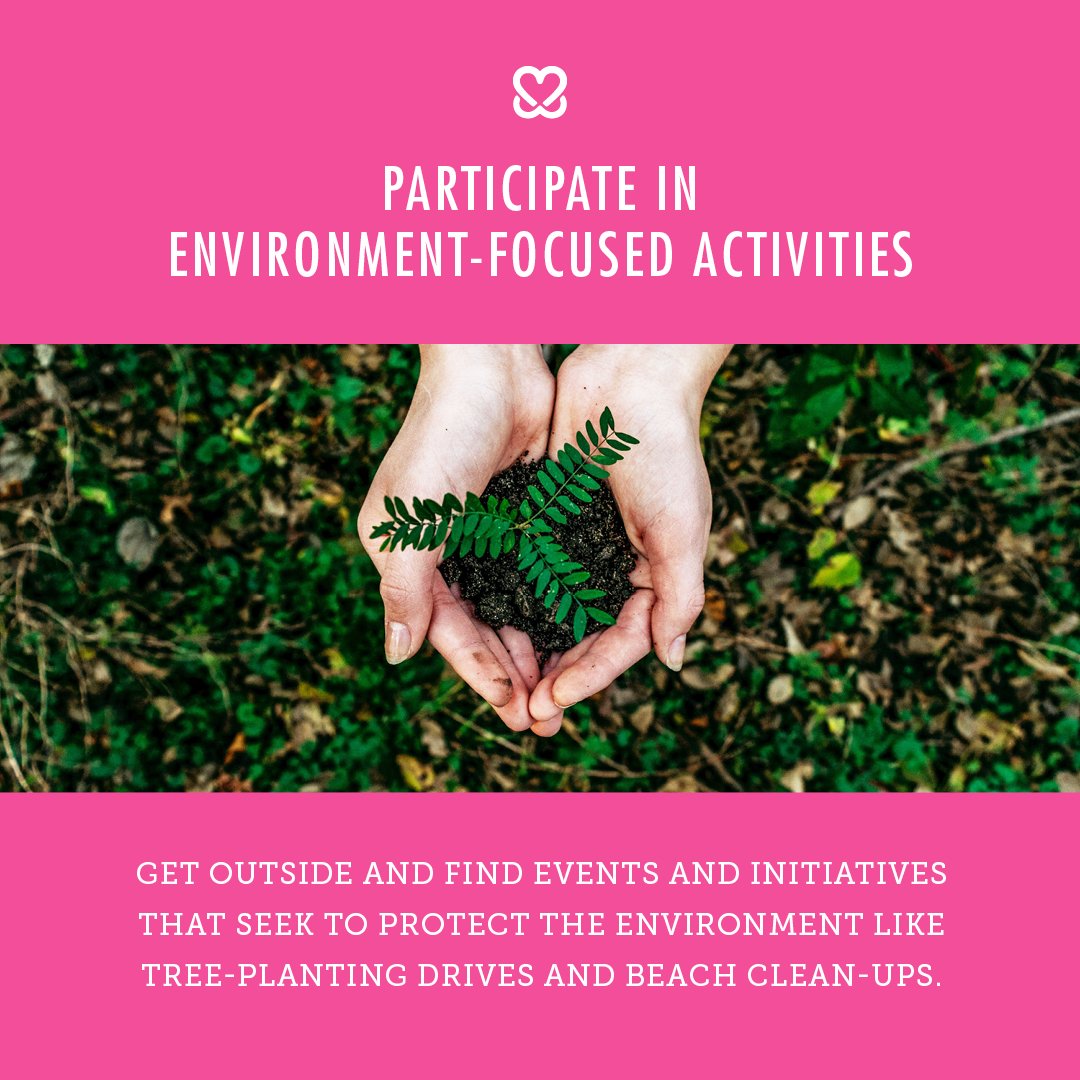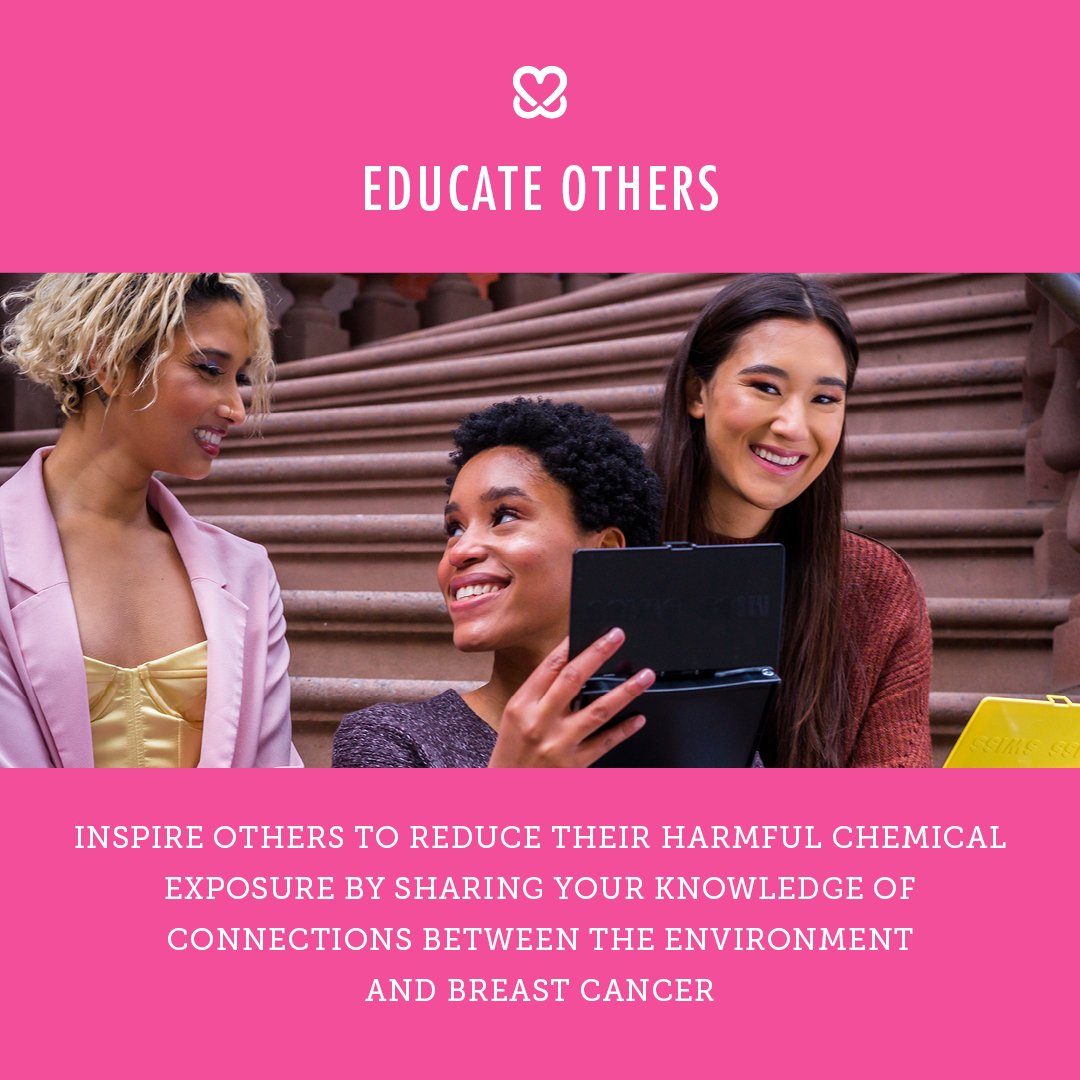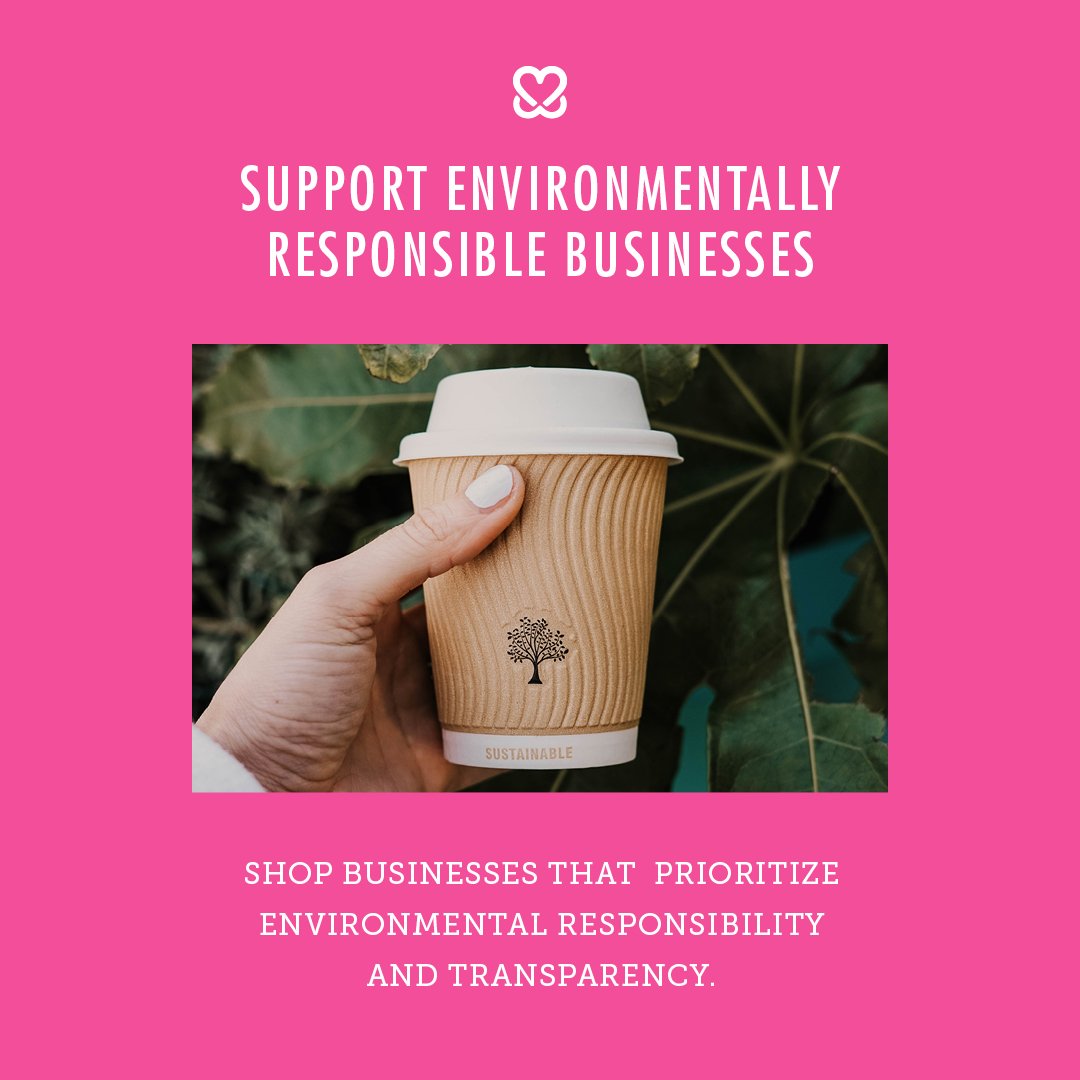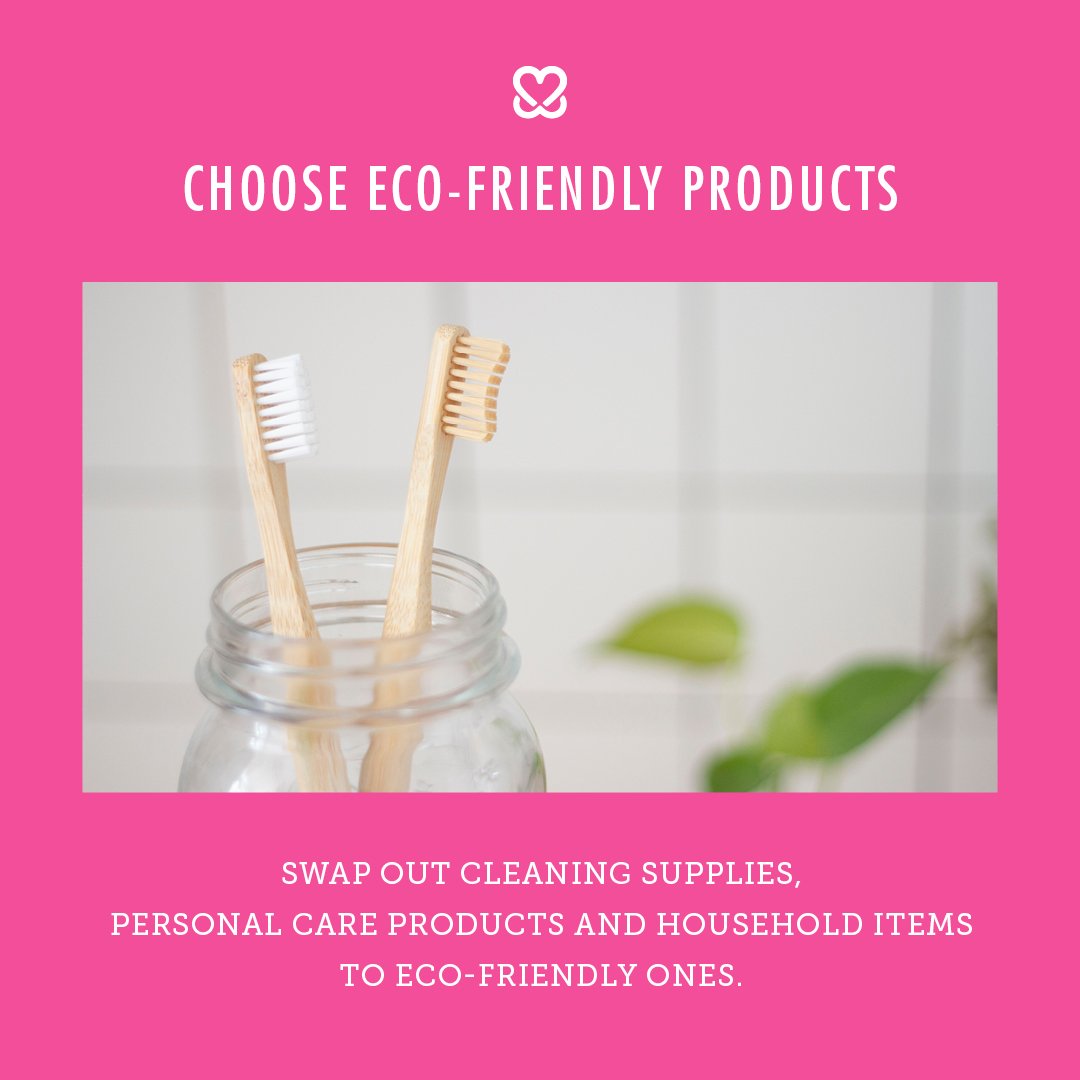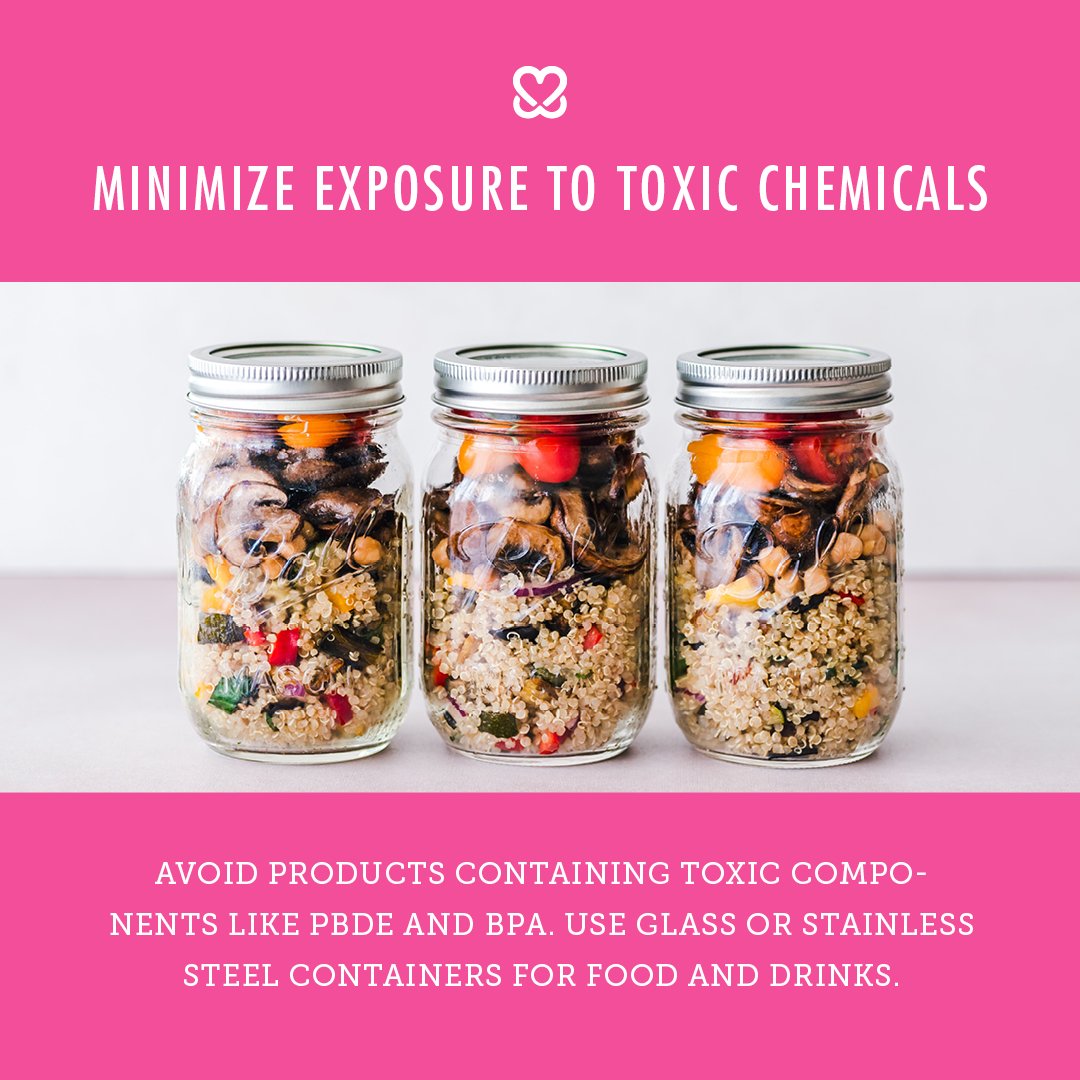How Do Environmental Factors Play a Part in Breast Cancer Risk?
The thought might have crossed your mind, but have you ever considered whether the environment could be a breast cancer risk factor?
This Earth Day, we’re taking a moment to examine how our environment and the steady shift in our climate can lead to increased breast cancer risk–as well as the more commonly known risk factors of genetics and certain lifestyle choices.
While this is not an exhaustive list of how our environment and climate change may increase our risk, our goal here is to help you be aware of what can increase your risk, and how to reduce it.
UNDERSTANDING THE CONNECTION BETWEEN THE ENVIRONMENT AND BREAST CANCER
Within our natural environment, there are risk factors that you might not be aware of. Ionizing radiation, which is found in soil, water and vegetation, as well as X-rays and medical devices, is one form of natural radiation.
photo: alin andersen
This radiation exposure can occur at home or outside, at work and in a medical setting. Learn more about how to reduce your risk and exposure to ionizing radiation by reviewing this fact sheet by the World Health Organization.
Additionally, environmental pollutants like polybrominated diphenyl ethers (PBDEs), which are added to some manufactured products to reduce fire risk, and bisphenol A (BPA), used to make polycarbonate plastics, may also impact women’s risk of breast cancer.
You can experience exposure to PBDEs by eating contaminated food, inhaling polluted air, or working in industries that recycle products containing chemical flame retardants.
BPA is present in some tableware, food containers, and plastic water bottles.
As of now, research shows no clear link between exposure to these substances and breast cancer risk.
More studies on related factors like the type and amount of exposure, the age at which exposure happens, and the pollutants’ properties are necessary to understand the connection between the environment and breast cancer.
photo: landon parenteau
CLIMATE CHANGE AND ITS IMPACT ON RISK
With our changing climate comes more risks associated with cancer. Below are some of the major potential contributors to cancer risk.
Wildfires: Long-term exposure to wildfires and the related air pollution correlates with cancer risk.
Flooding: Increased storms, water runoff, and flooding can result in chemical contamination of water sources. These chemicals could include formaldehyde, a known carcinogenic substance.
Hurricanes and Tornadoes: The devastation caused by these major weather events often creates opportunities for exposure to toxic chemicals and materials.
SUPPORT OUR PLANET THIS EARTH DAY WHILE REDUCING YOUR BREAST CANCER RISK!
Earth Day is a time to celebrate our planet that is life-giving and to take action to save and preserve our environment. The actions below can promote a healthier environment, and in turn, healthier us! Here are some ways you can create change this Earth Day.
Participate in environmental activities: Get involved in events and initiatives seeking to protect the environment and reduce the public’s exposure to hazardous chemicals. Such activities include tree-planting drives, cleaning polluted areas, and making sustainable actions your focus, on Earth Day, and every day.
Educate others: Inspire others to make changes to reduce their exposure to harmful chemicals by sharing your knowledge regarding the connection between the environment and breast cancer.
Support environmentally responsible businesses: Opt for companies prioritizing environmental responsibility and transparency. Avoid buying from companies and corporations that use toxic chemicals in their products. Check out our 1% For The Planet brand partners we’re honored to work with. We’re highlighting them this month on Instagram.
Choose environmentally friendly products: Switch to eco-friendly cleaning supplies, personal care products, and household items. Chemical-free products are often better for the environment and your health.
Minimize exposure to toxic chemicals: Avoid products containing toxic components like PBDE and BPA. These chemicals are potential causes of breast cancer development. Instead, use glass or stainless steel containers for food and drinks. Also, avoid using plastic containers with no “BPA-free” labels.
We never use toxic chemicals in our KAB merch, and we support living a nontoxic lifestyle. Check out our partner shop, which highlights the amazing products our brand partners create–none of which are tested on animals or use known carcinogens, to join us in living our environmentally-friendly values and help us spread our message about reducing your risk for breast cancer.
HOW THE ENVIRONMENT, GENETICS, AND LIFESTYLE CHOICES TOGETHER IMPACT RISK
Like most diseases, breast cancer is complex, and various factors can cause its development— typically a combination of genetics, environmental factors, and lifestyle choices.
Below is a closer look at each of these factors and how they influence breast cancer risk:
Genetics: About 5% to 10% of breast cancer cases appear hereditary, resulting directly from inherited gene mutations. These statistics suggest that women with a family history of breast cancer may have a higher risk of developing the condition.
Environment: As mentioned above, exposure to specific chemicals, natural disasters, and pollutants, such as BPA- and PBDE-containing products, wildfires, floods, and other climate change-related events, may impact breast cancer development. In addition, the timing of exposure may also affect breast cancer risk. For instance, studies show that age may be tied to environmental exposures and the likelihood of someone developing breast cancer.
Lifestyle choices: Certain lifestyle habits, such as lack of or sleep and physical inactivity, may also correlate with a higher risk of breast cancer development. Studies have shown that practicing yoga can help improve sleep and reduce fatigue.
For example, breast cancer risk might be lower in adult women who exercised or played sports more than seven hours per week during childhood and adolescence (ages 5 to 19). However, change and a healthier lifestyle can start at any time!
Other healthy lifestyle choices like avoiding exposure to toxic chemicals can also help reduce your risk.
However, while environmental factors can increase people’s risk of developing breast cancer, there are still many steps to take to reduce that risk. This reality is nothing unique to breast cancer.
Overall, as a consumer, you can reduce your exposure to toxic chemicals and pollutants by being mindful of the products you use and the businesses you support.
Earth Day and other global events like World Health Day, also this month, can serve as reminders to take care of the planet and your breast health!
HAPPY EARTH DAY!
CASEY BLOOM
Casey Bloom’s field of studies is concentrated in language and literature.
Before her stint as a writer, she was an advertising creative. Casey aspires to become a mother who raises a naturally healthy family. You can find her insights at Motherhood Community.
Apart from her love for nature and wellness, Casey also believes that veganism has improved her well-being. She has recently taken an interest in what happens inside the body and how our bodies change. Casey writes for W-Radiology regularly.
READ MORE:




